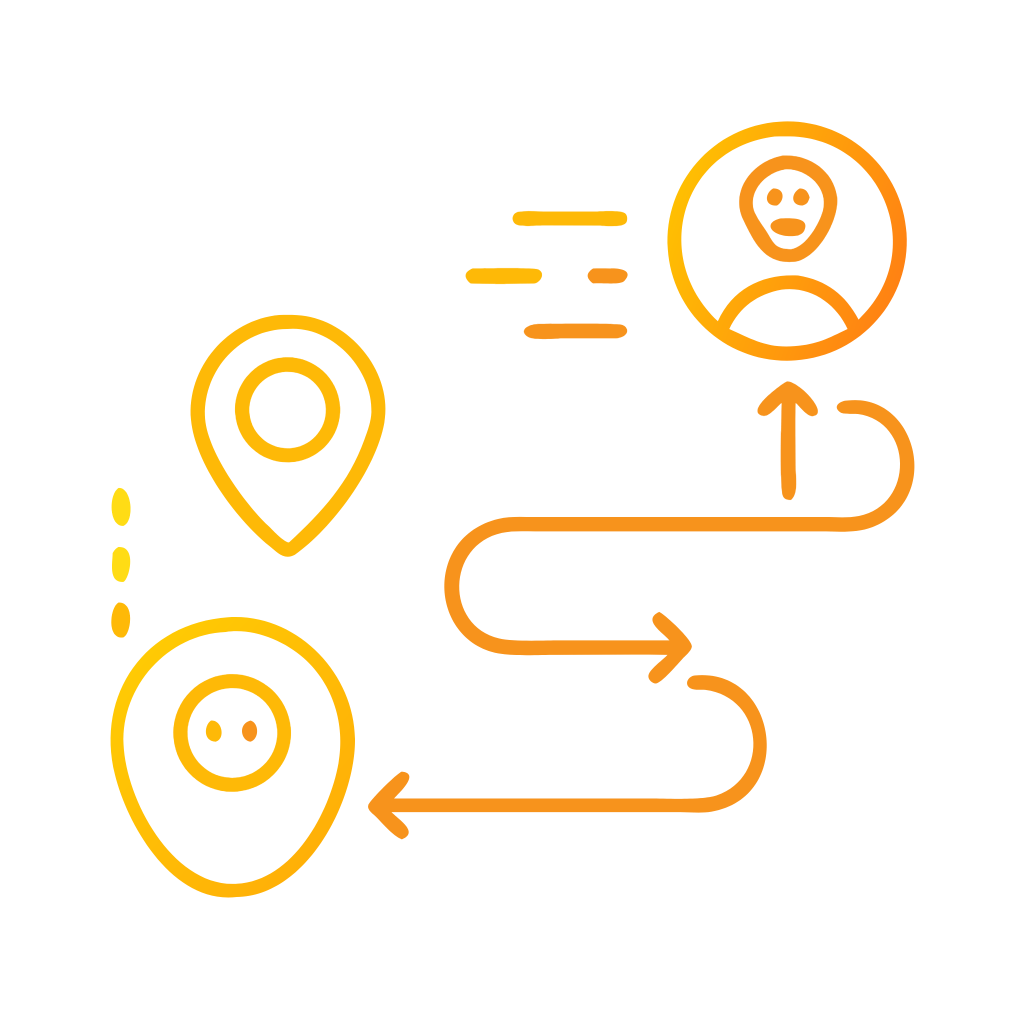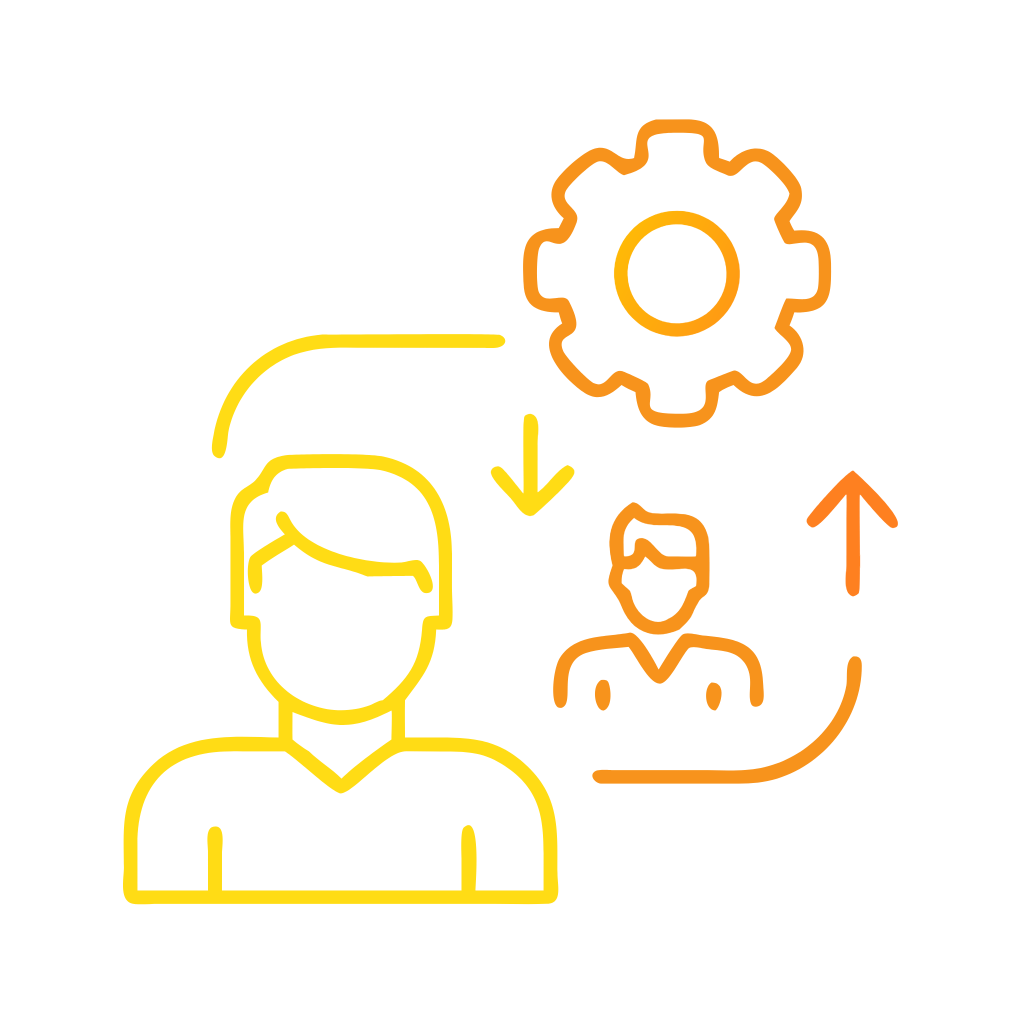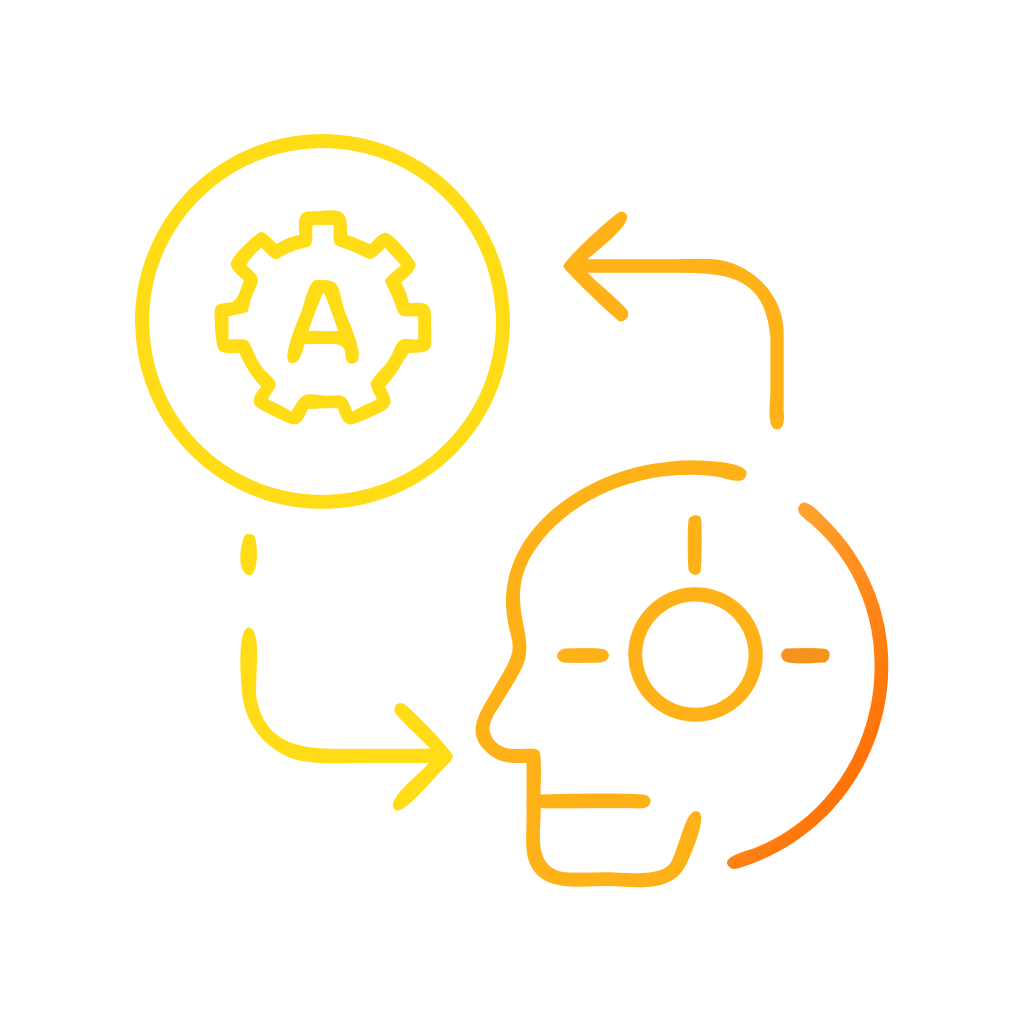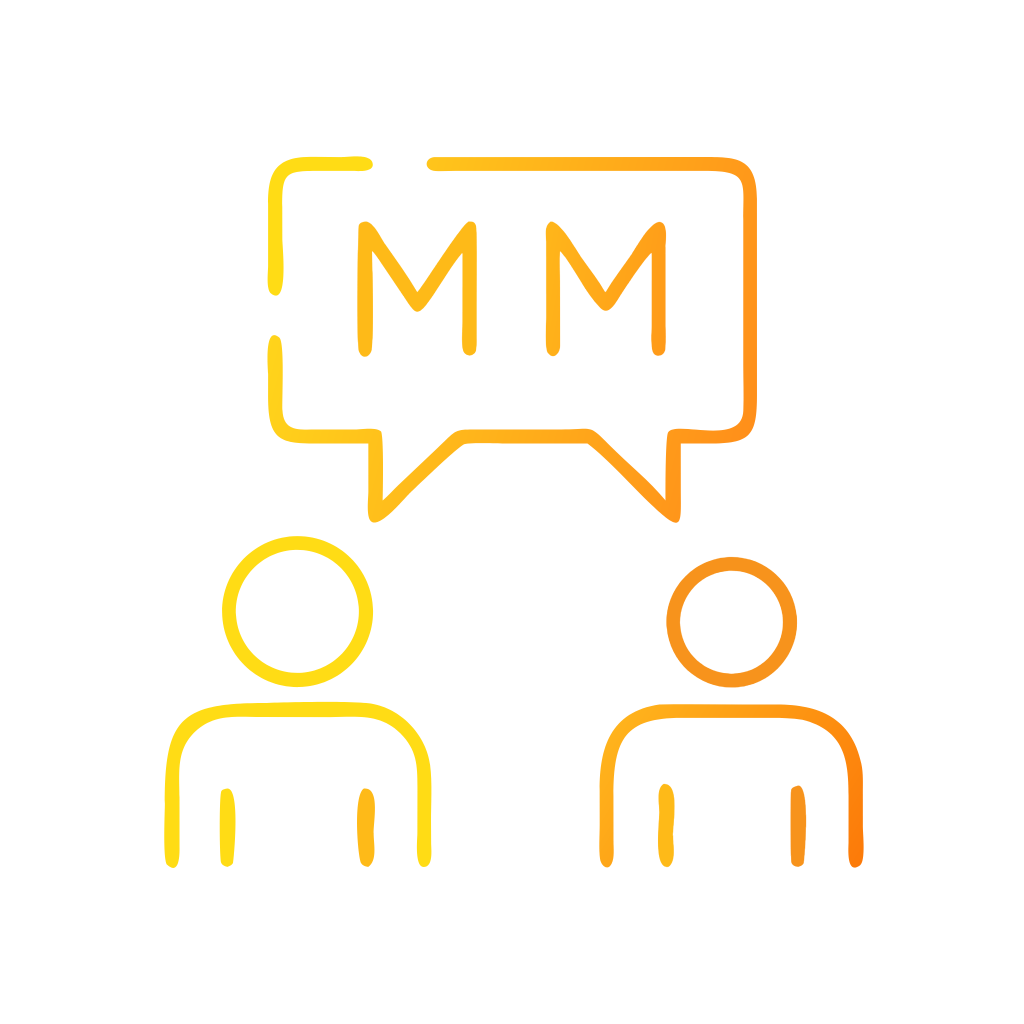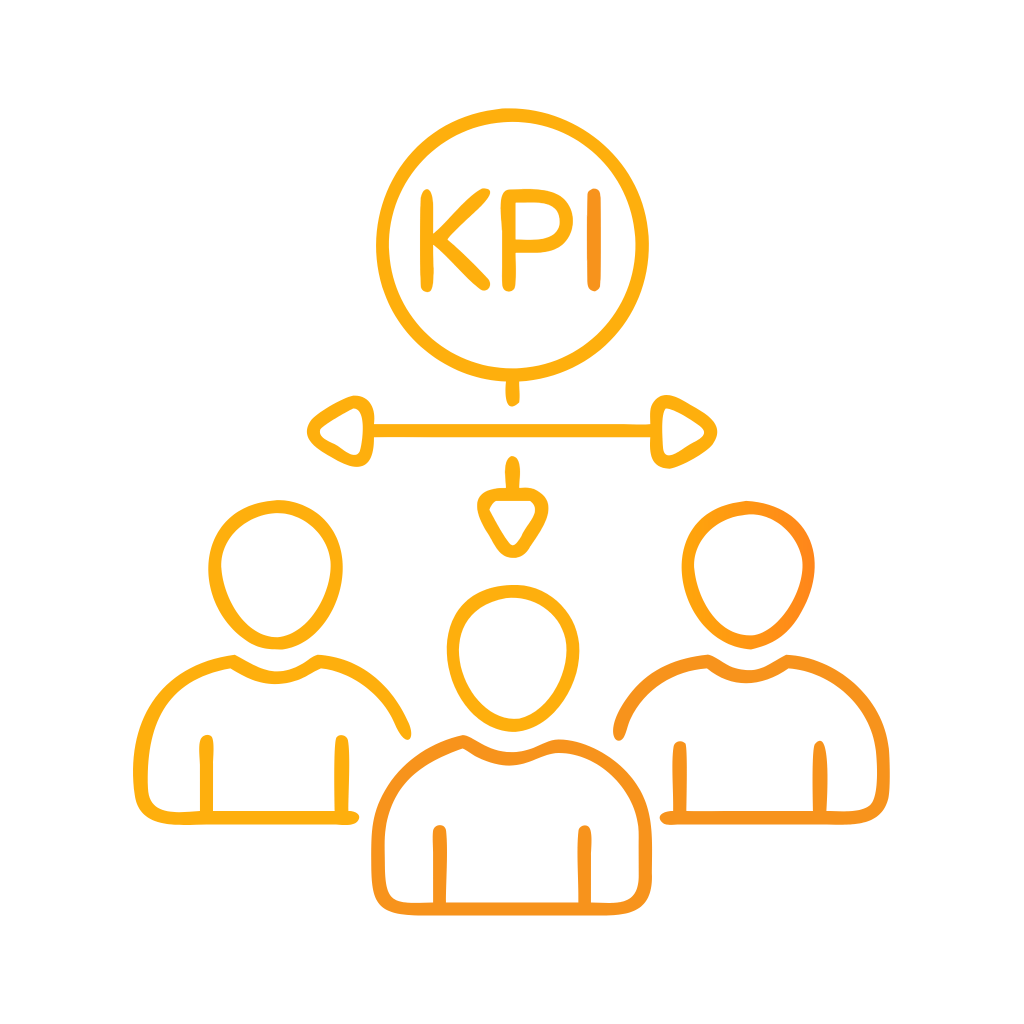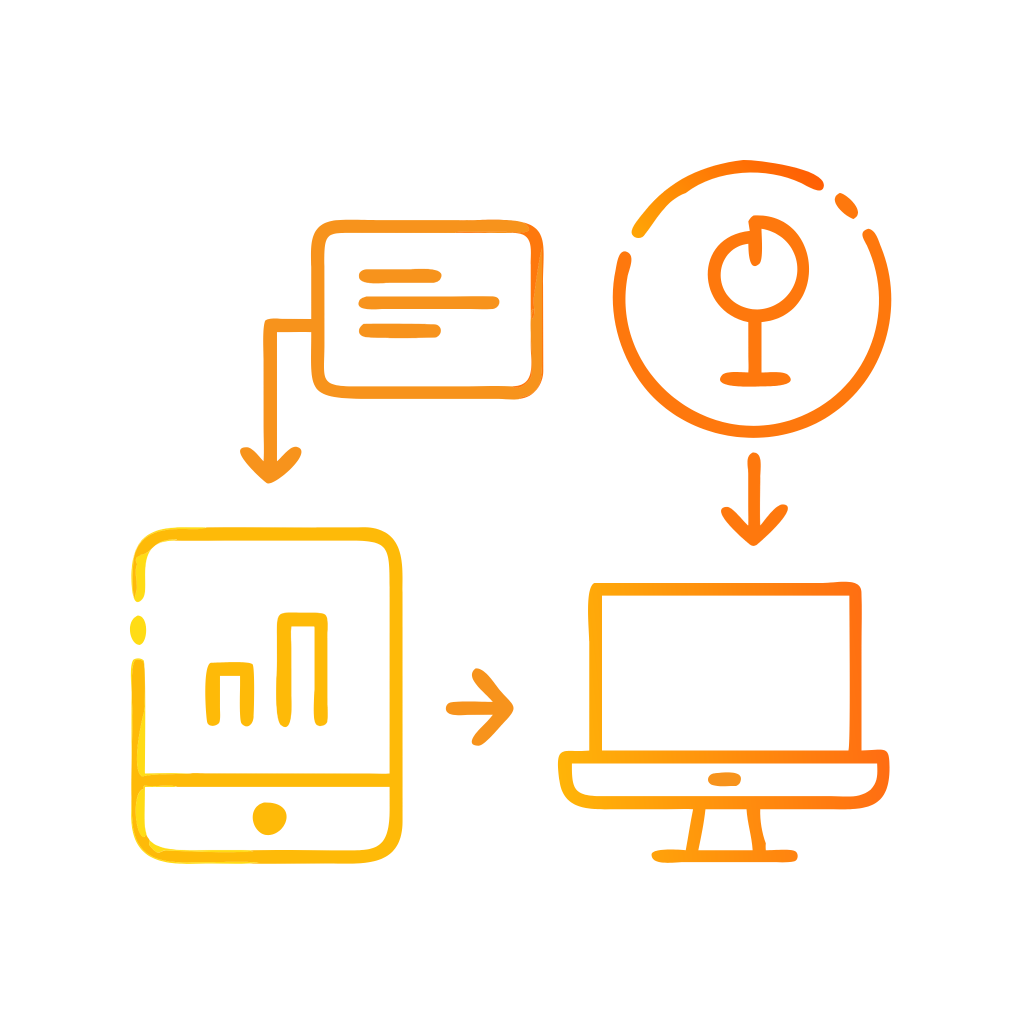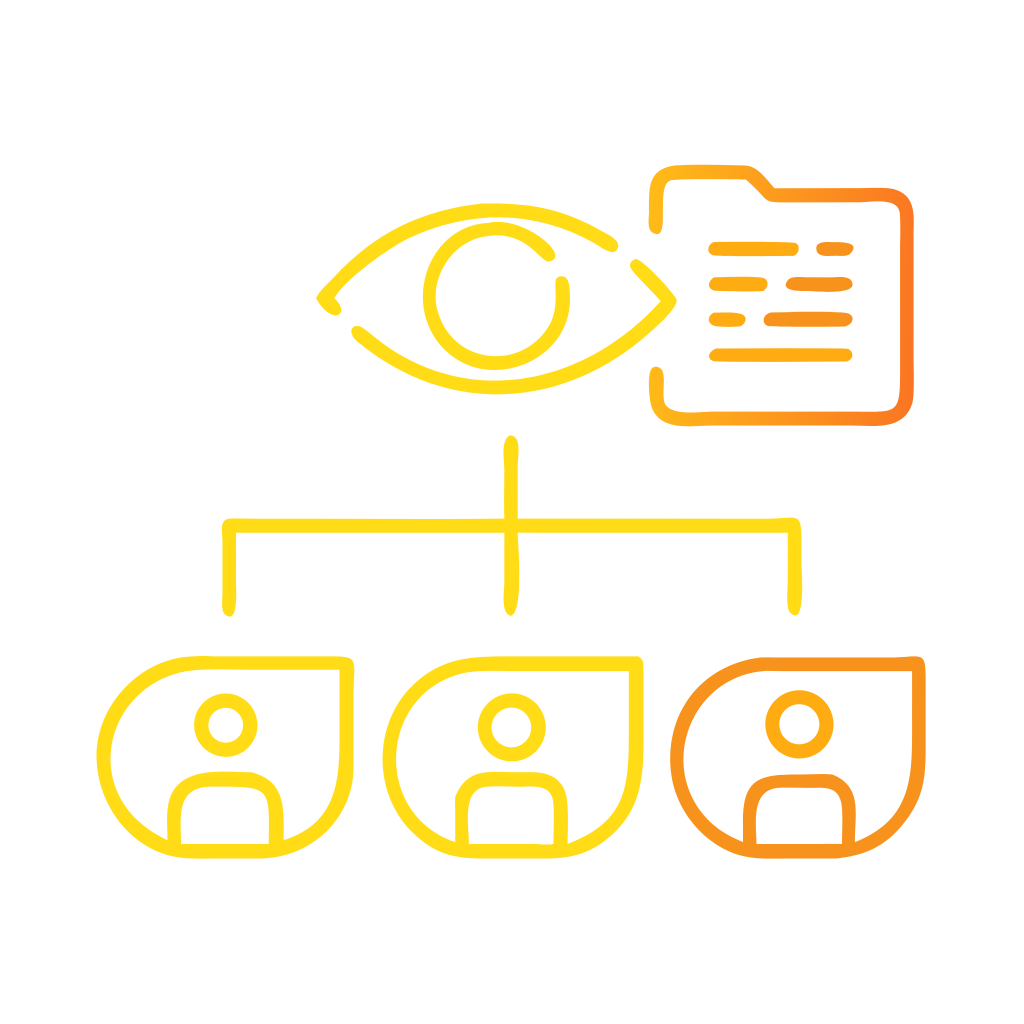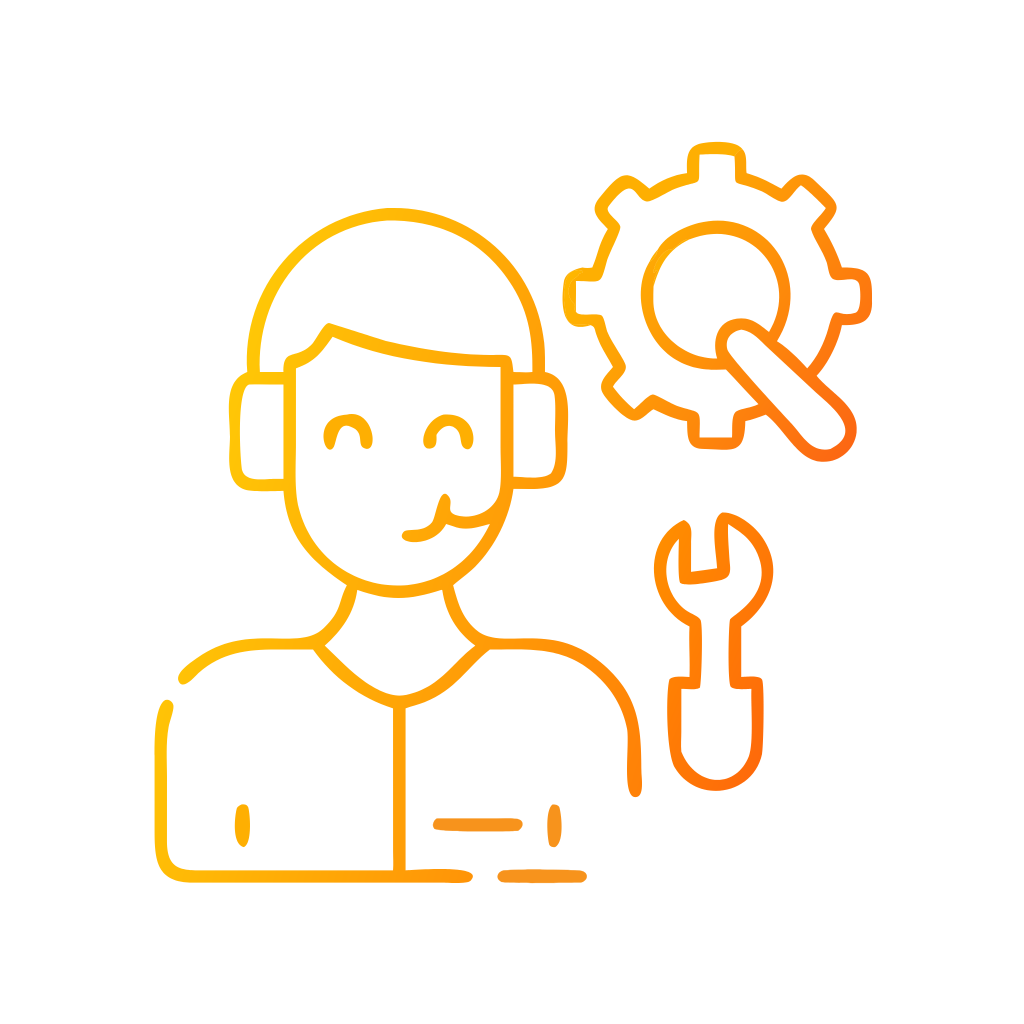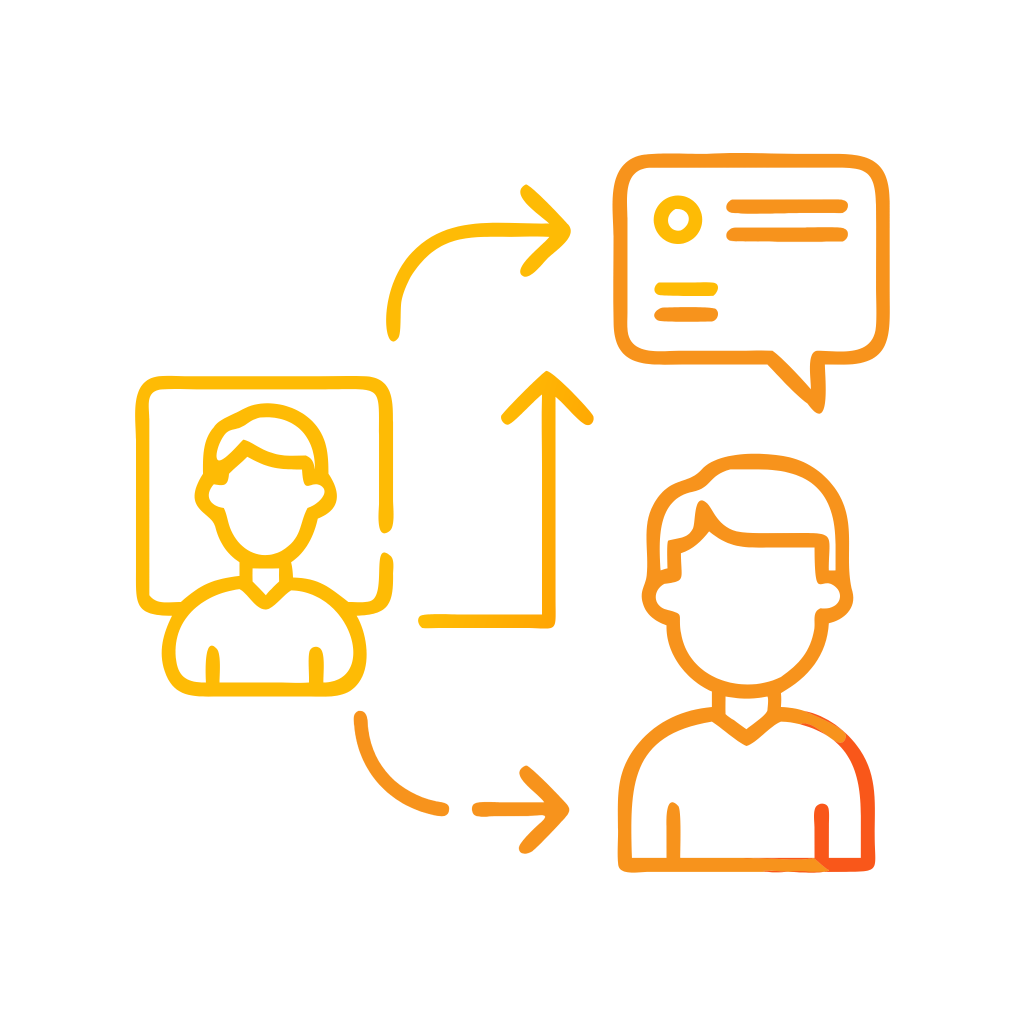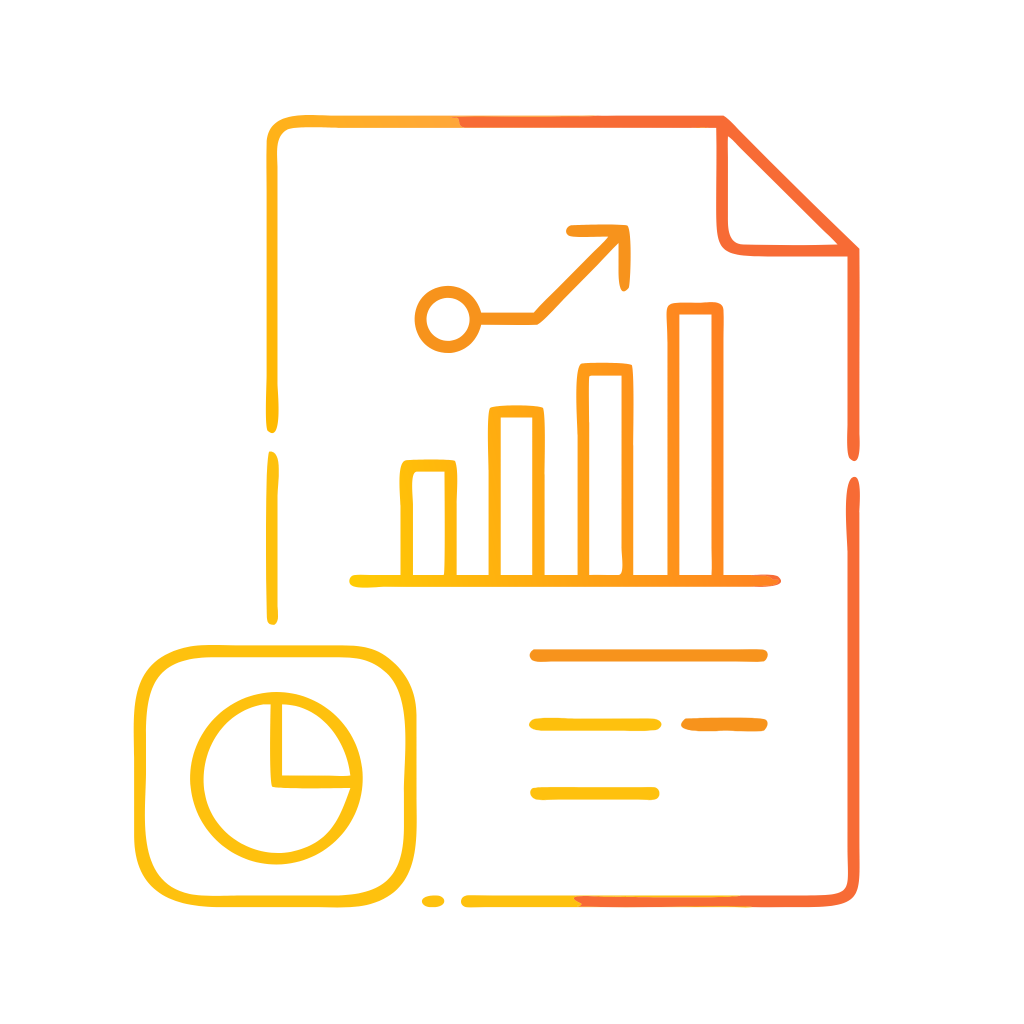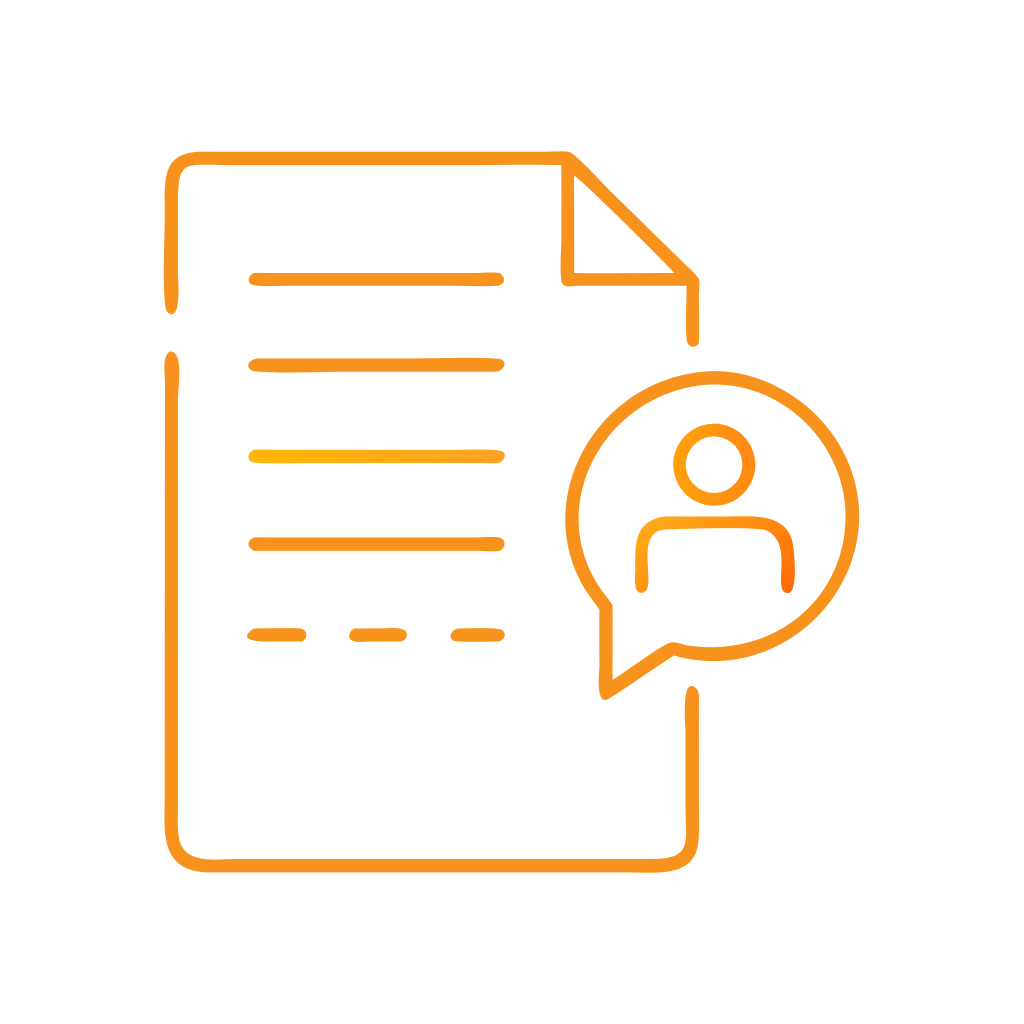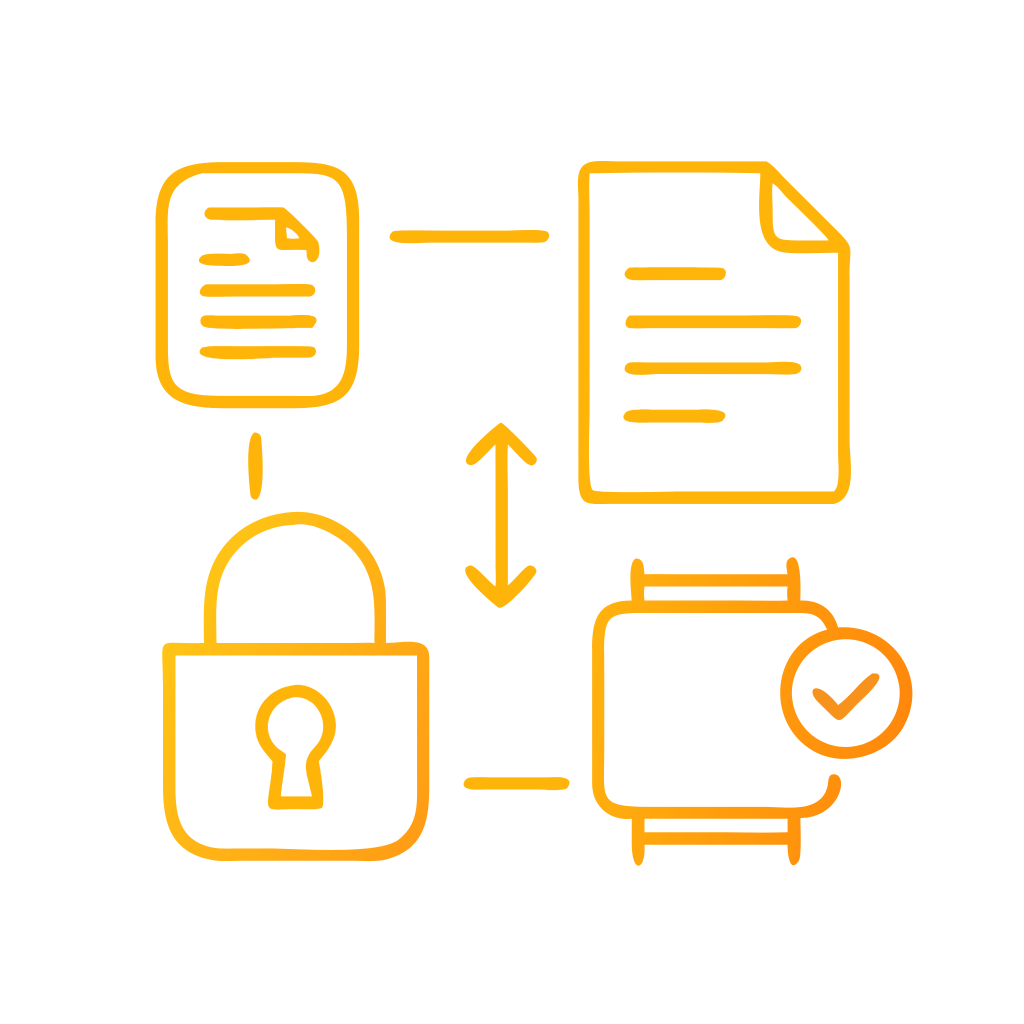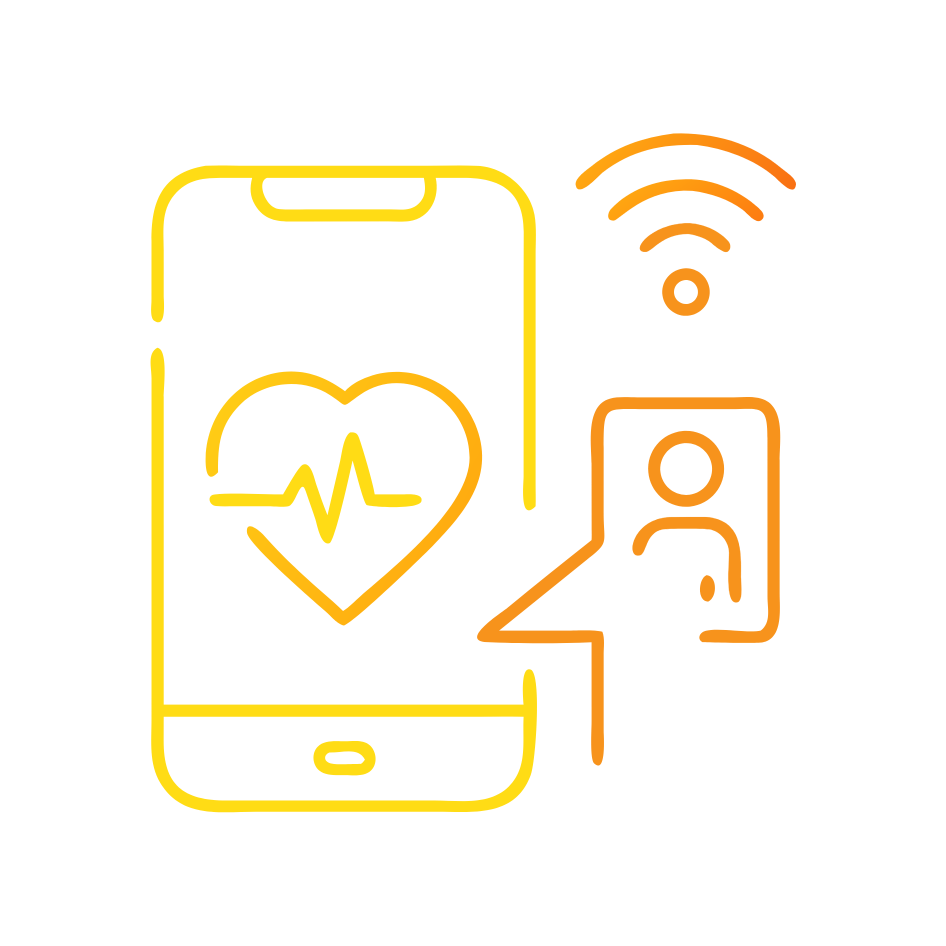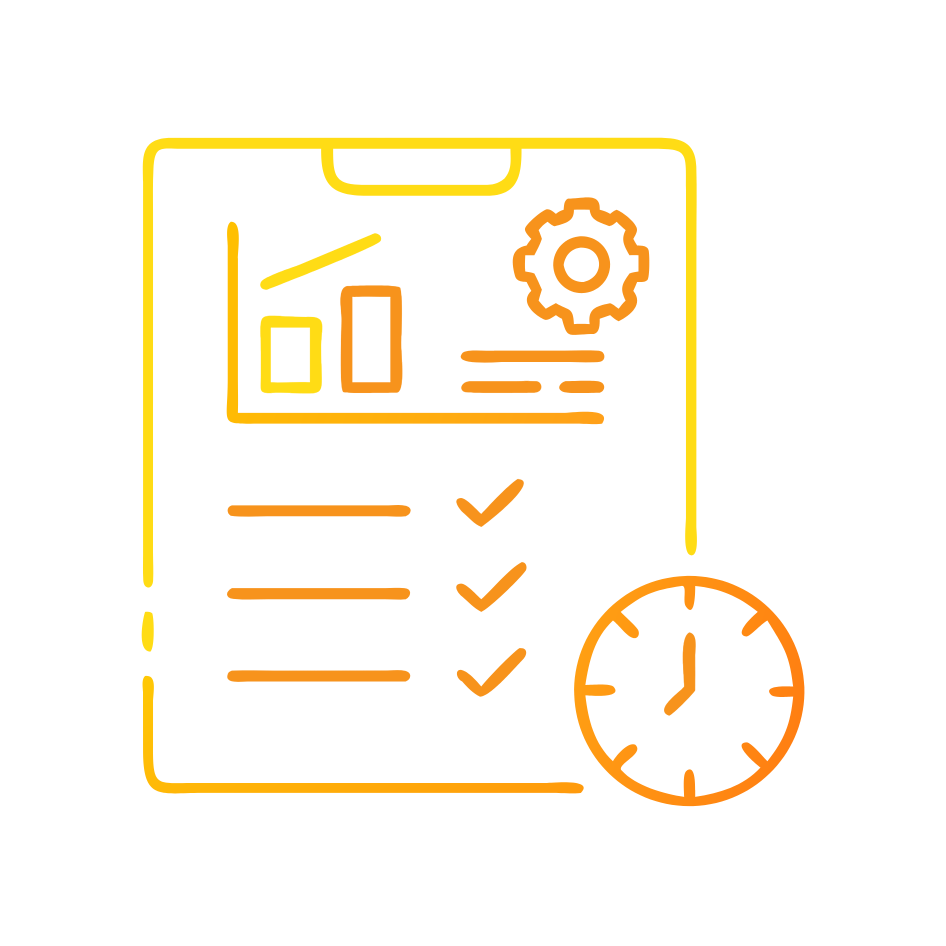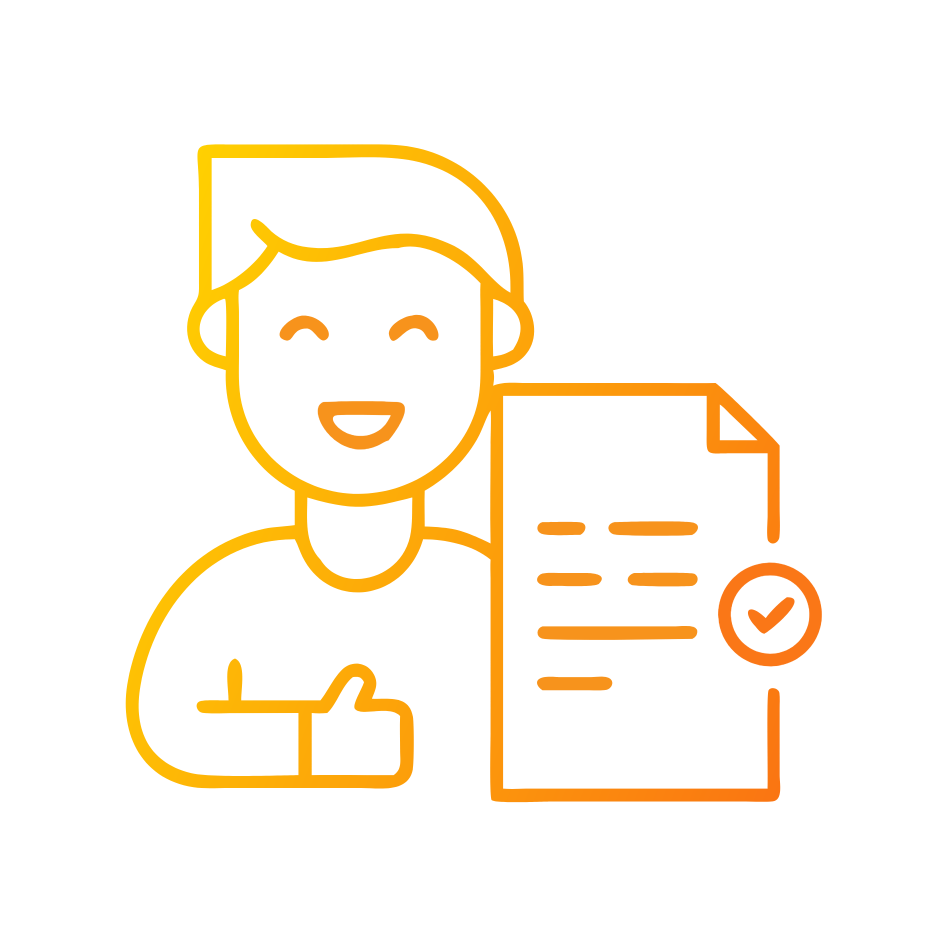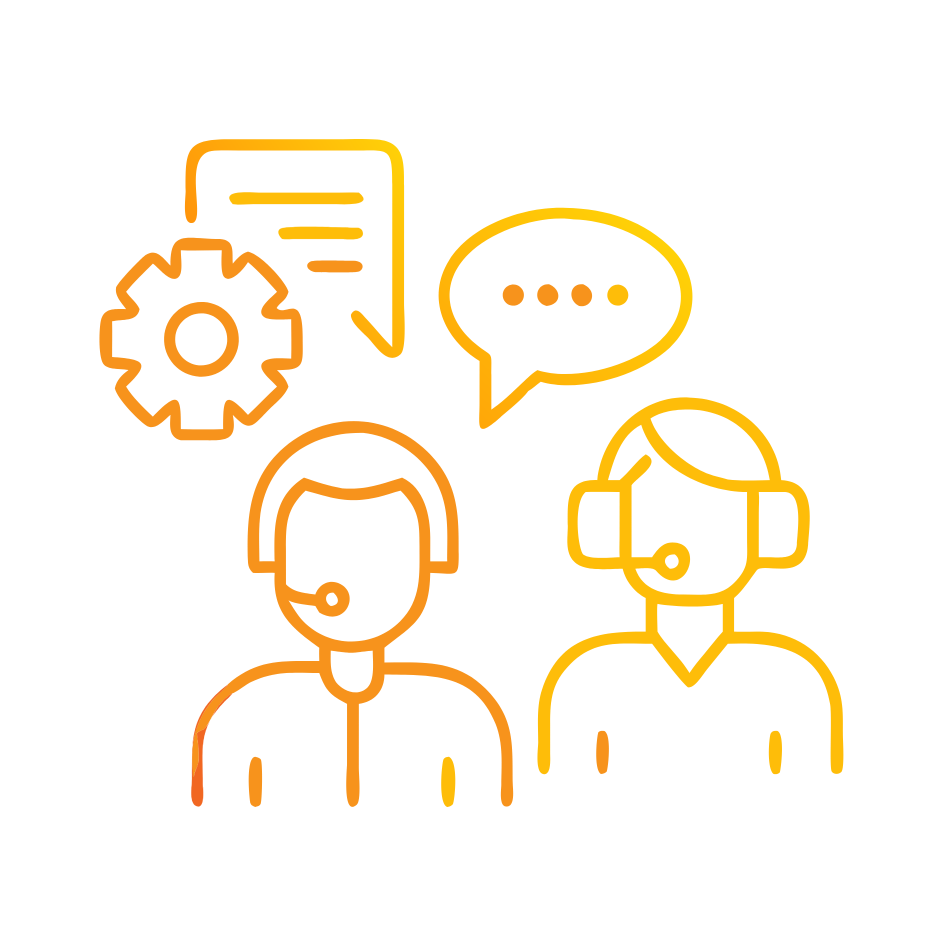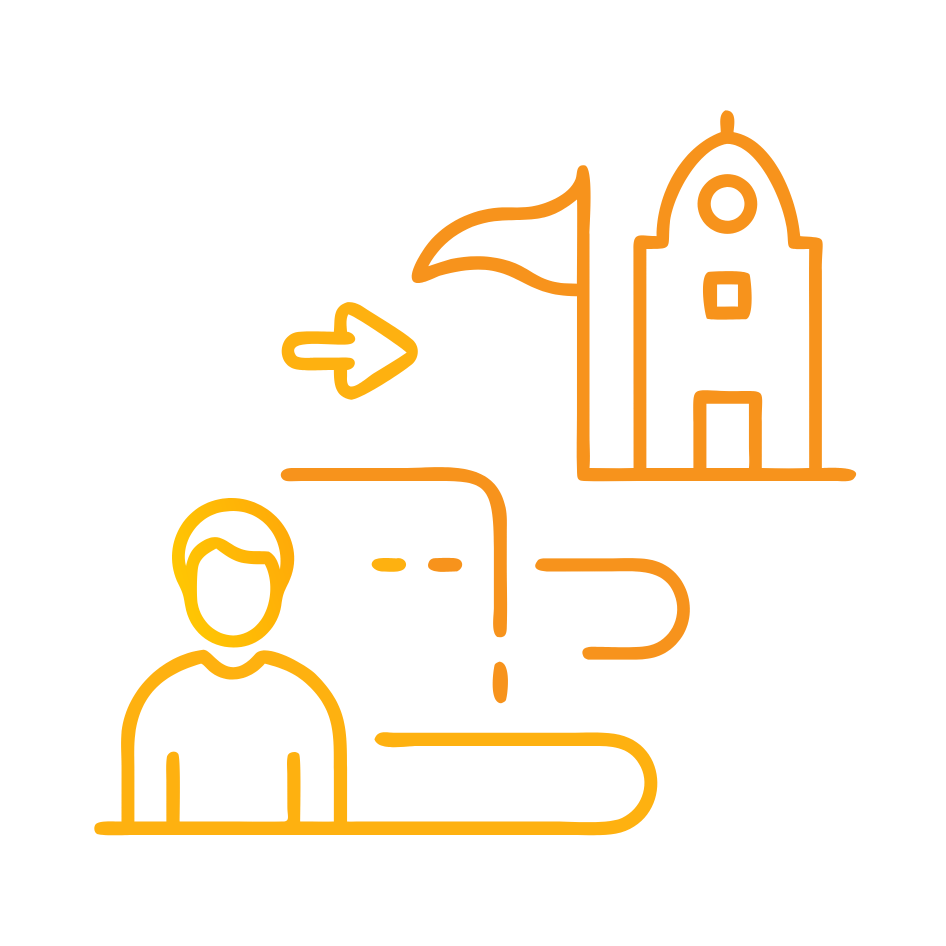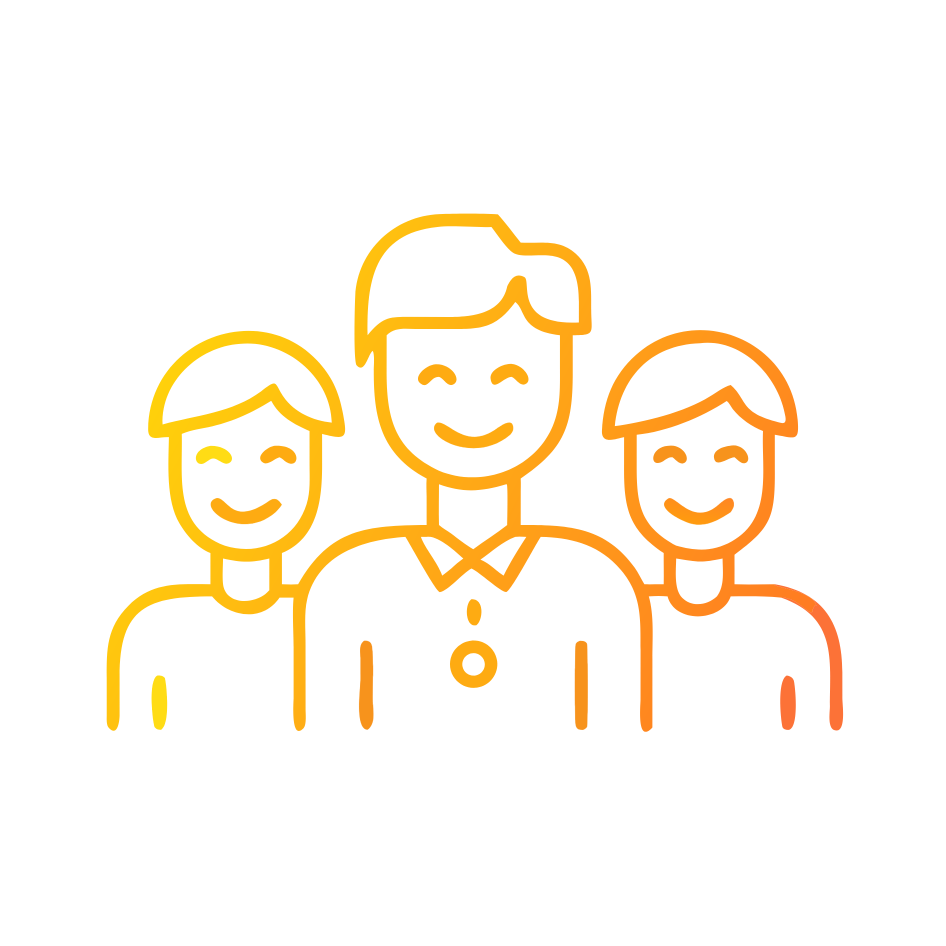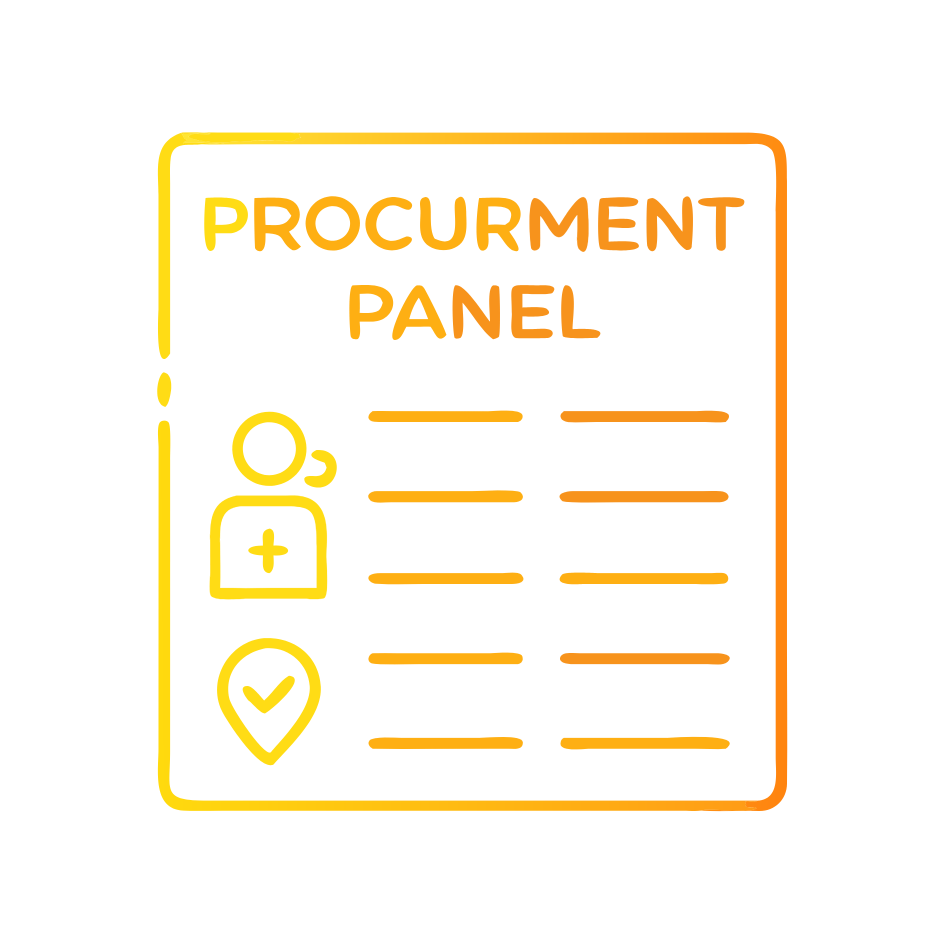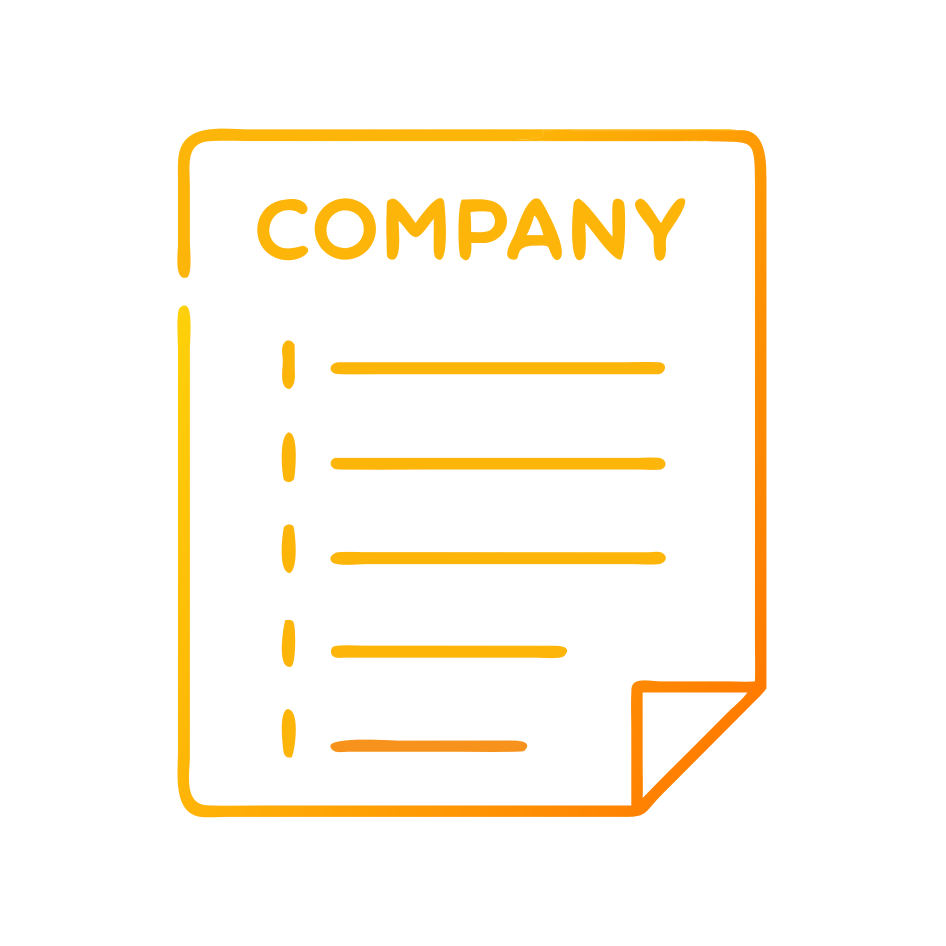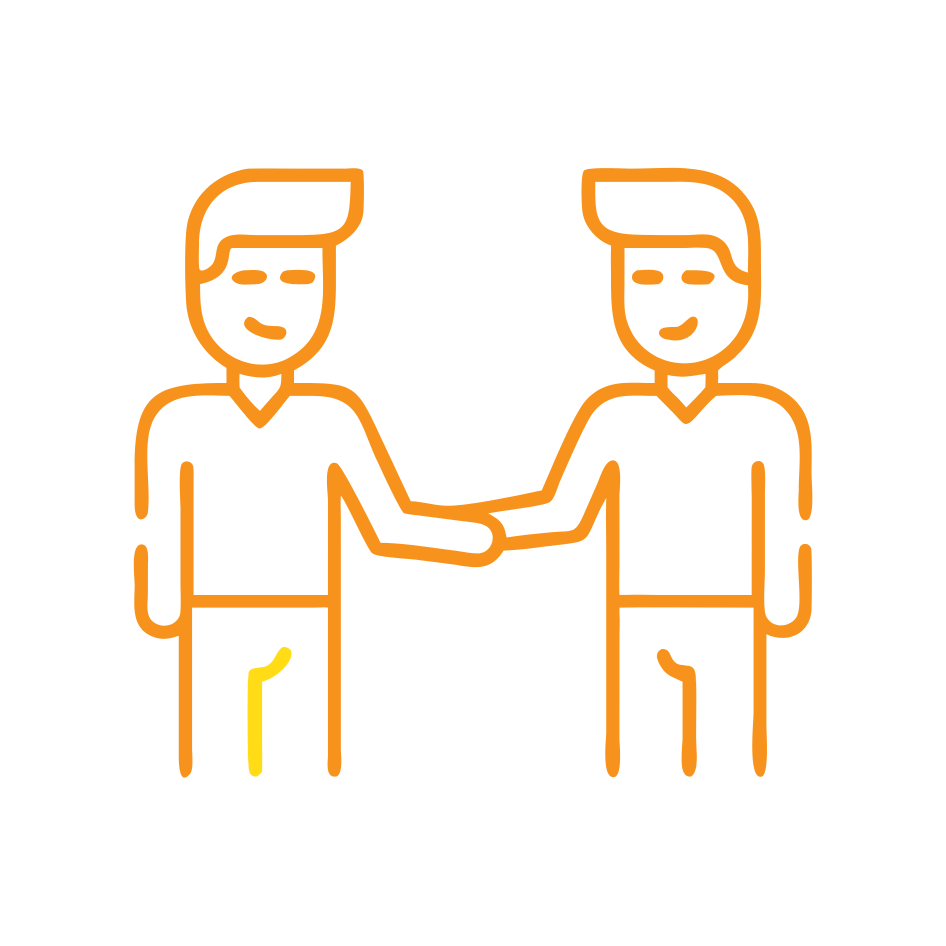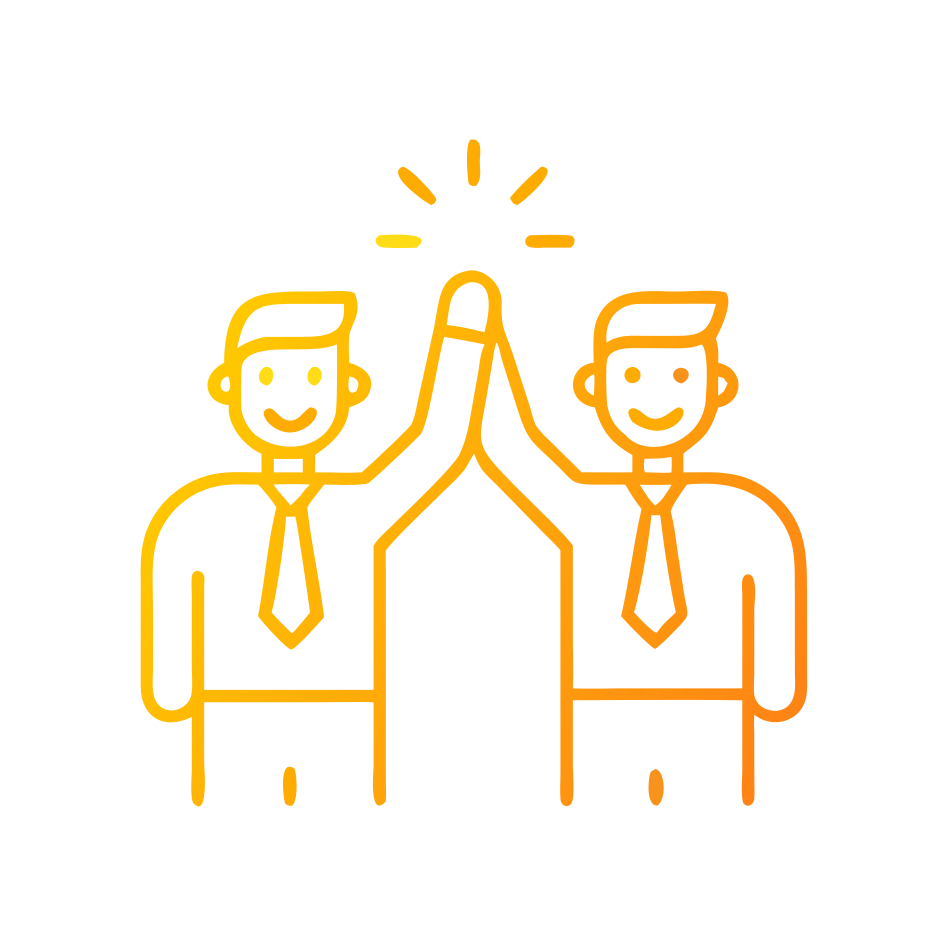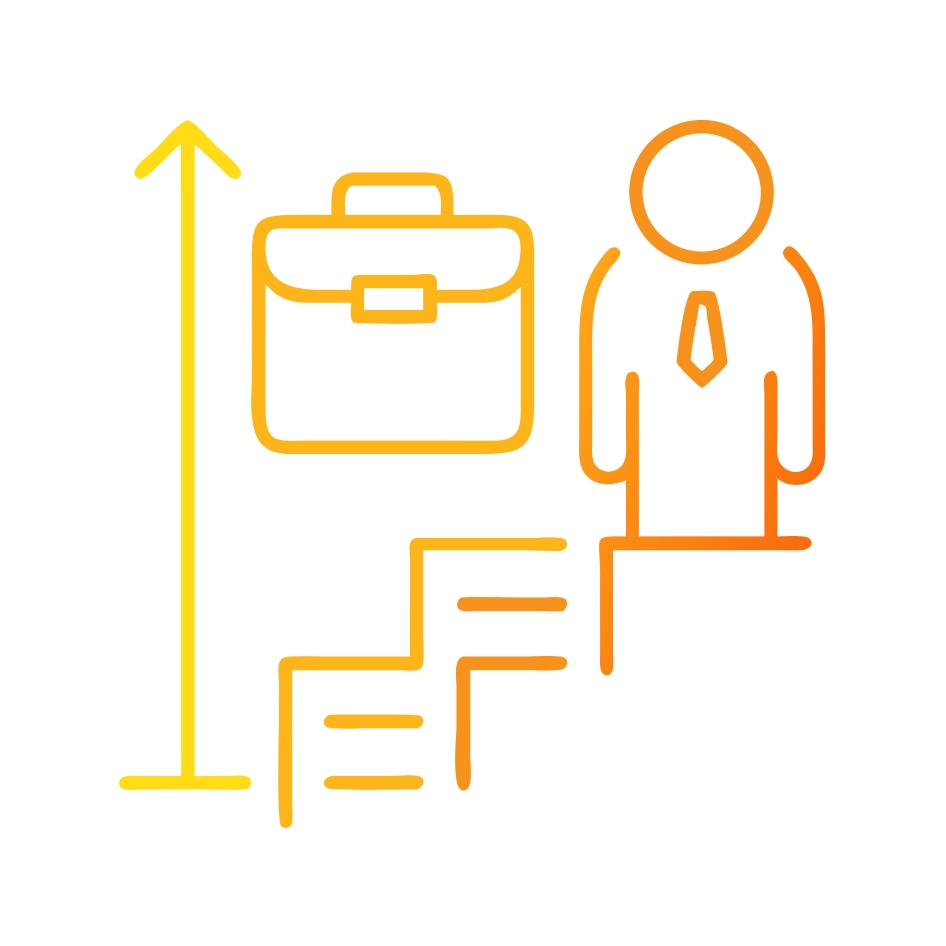What do executives actually mean by an “automation stack”?
Leaders use the term “automation stack” to describe a layered capability that combines Robotic Process Automation, process orchestration, and applied AI to execute work end to end. The stack aligns people, policies, data, and platforms to remove manual effort, enforce controls, and accelerate outcomes. RPA automates well-defined, rules-based tasks. Process orchestration coordinates tasks across humans, systems, and data. AI interprets unstructured inputs, makes predictions, and generates content that improves decision quality. McKinsey estimates generative AI alone could add between 2.6 and 4.4 trillion dollars in value annually, which raises expectations for any automation program that claims strategic impact.¹
How does RPA fit, and where does it still shine?
RPA uses software robots to mimic keystrokes, clicks, and data entry across legacy and modern systems without changing underlying applications. Vendors position RPA for high-volume, deterministic tasks such as KYC data collection, order entry, and claims triage. UiPath defines RPA as software that automates repetitive, rule-based tasks by mimicking human actions in digital systems, which sets clear design boundaries and helps teams avoid using RPA for judgment-heavy work.² IBM frames RPA as a specific form of business process automation that targets tasks normally performed by humans, which supports a common vocabulary for governance, service design, and vendor selection.³
What is process orchestration, and why does it matter now?
Process orchestration coordinates tasks, services, and human work across multiple systems to complete a business process from trigger to outcome. This unit differs from simple workflow automation because it manages dependencies, exceptions, and state across APIs, microservices, bots, and people. IBM describes workflow orchestration as the end-to-end coordination and management of interconnected tasks, systems, and tools to achieve a specific outcome, which clarifies its role as the control plane for automation.⁴ Camunda defines process orchestration as technology that ties processes together and works with people, systems, and devices to achieve end-to-end automation, which is critical when a single RPA script cannot span the journey.⁵
Where does AI accelerate automation outcomes?
AI expands the automation surface area by reading documents, classifying intents, generating responses, and summarizing cases. Generative AI boosts throughput in knowledge-heavy steps like correspondence drafting, exception handling, and knowledge retrieval. McKinsey’s research shows natural language understanding lifts the ceiling on what can be automated, because language tasks account for a large share of total work time.⁶ The World Economic Forum’s 2023 analysis projects that 23 percent of jobs will change by 2027 as AI and automation reshape task portfolios, which underscores the need for reskilling built into transformation programs.⁷
What is the difference between task automation and orchestration?
Teams often confuse task automation and orchestration. Task automation speeds up a discrete activity, such as extracting an invoice total and posting it to ERP. Orchestration sequences many tasks and coordinates human approvals, system calls, and data checks to deliver the full outcome, such as “invoice received to paid with compliant audit trail.” Camunda’s documentation highlights how process engines model, track, and version processes using BPMN and worker patterns, which enables reliability, visibility, and change control at enterprise scale.⁸
Which architecture patterns set the automation stack up for scale?
Architects establish a control plane for orchestration, a task layer for RPA and micro-automations, and an intelligence layer for AI models and decisioning. They expose stable APIs where possible and use event-driven patterns for responsiveness. They apply BPMN or equivalent notation to codify processes and version models to manage change. Camunda’s best practices emphasize versioning process definitions so that production workflows can evolve safely without breaking running instances, which reduces risk during continuous improvement.⁹ NIST’s AI Risk Management Framework provides a structured approach for mapping risks, measuring harms, and governing AI-enabled automation, which strengthens trust and compliance.¹⁰
How do leaders measure value with precision rather than hope?
Executives measure cost, speed, quality, control, and experience. They quantify cycle-time compression, right-first-time rates, error reductions, compliance adherence, and customer satisfaction. They also track automation coverage by process step and workload mix between humans, bots, and services. Deloitte’s 2022 intelligent automation survey reports average cost reduction expectations of roughly 31 percent over three years among adopters, which offers a credible external benchmark for business cases.¹¹ ISG’s 2024–2025 reporting indicates enterprises are using intelligent automation, including generative AI, to streamline operations and enhance decision-making, which supports the case for expanding beyond pilots into scaled programs.¹² ¹³
What operating model turns pilots into a repeatable engine?
Leaders set a federated operating model. They establish a central Automation Office to own standards, reference architectures, intake, and ROI tracking. They embed orchestration and AI engineers within domain tribes to harvest process expertise. They create product-aligned roadmaps that sequence quick wins and complex transformations. They define design guardrails: use RPA for deterministic steps, use orchestration to coordinate, and use AI where models meet performance, fairness, and safety thresholds defined by policy. NIST’s framework guides risk identification, measurement, and governance across the lifecycle, which ensures AI-enhanced automations remain accountable and resilient.¹⁰
How do you pick the first wave of use cases with conviction?
Executives pick processes with high volume, clear rules, painful handoffs, and measurable business outcomes. They prioritize customer-facing moments that matter, such as onboarding, billing adjustments, and claims resolution. They select supporting processes with clean data sources, accessible APIs, and defined SLAs. They use process mining to validate throughput, variants, and bottlenecks. They run discovery with service designers to align the future journey. The World Economic Forum’s analysis on task-level automation and augmentation across occupations shows why a task-level lens improves targeting, because jobs decompose into activities with very different automation potential.⁷
How should you govern risk without strangling innovation?
Executives combine lightweight guardrails with precise controls. They register every automation as a product with an owner, SLA, and measurable outcomes. They require model cards and data lineage for AI features. They mandate human-in-the-loop for high-impact decisions. They run red-team testing for prompt, model, and integration risks. NIST’s AI RMF and 2024 Generative AI Profile provide specific risk practices for mapping, measuring, and managing AI risks, which translates directly into governance checklists and design reviews.¹⁰ ¹⁴
What does good look like in contact centres and service operations?
Leaders orchestrate conversational AI, agent-assist, RPA bots, and case management into one flow. They route intents to the right path, generate compliant responses, and trigger back-office transactions automatically. They surface knowledge inline for agents and capture feedback to retrain models. They instrument every hop to measure resolution time, transfers, silence, and quality. McKinsey’s research on generative AI productivity signals gains in service functions where knowledge retrieval, summarization, and drafting dominate effort, which validates investment in AI-infused orchestration rather than isolated bots.¹
How do you avoid common traps that stall programs?
Executives avoid treating RPA as total strategy. They resist automating broken processes without redesign. They stop building brittle automations atop unstable UIs. They prevent tool sprawl by standardizing on a small set of orchestrators, bot frameworks, and AI services. They invest in engineering disciplines, not just licenses. They incentivize teams on outcomes, not bot counts. They respect workforce impact and design reskilling pathways aligned to the World Economic Forum’s forecast of shifting task portfolios, which keeps trust and performance aligned.⁷
What are the practical next steps for the first 90 days?
Leaders set intent, select platforms, and deliver visible value. They publish a reference architecture and design guardrails. They establish an Automation Office and name product owners. They create a single intake, prioritization, and benefits-tracking pipeline. They pick three use cases that prove orchestration, not just task automation, and that integrate at least one AI capability with measurable benefit. They define metrics and publish a value dashboard. They align risk practices to NIST’s framework and review every automation for safety, security, and fairness before release.¹⁰
Metrics that matter for C-level sponsors
Executives track five categories to keep programs honest:
Cost: run-rate savings, cost-to-serve, and license efficiency. Deloitte’s benchmark of approximately 31 percent expected cost reduction provides external calibration.¹¹
Speed: cycle time, time-to-resolution, and backlog age.
Quality: right-first-time, rework, and complaint rates.
Control: adherence to policy, exception escape rate, and audit coverage.
Experience: NPS or CSAT, employee effort score, and channel containment.
Boards also monitor workforce transition metrics tied to reskilling and redeployment plans because task composition will continue to shift with AI adoption, as projected by the World Economic Forum.⁷
Sources
The economic potential of generative AI: The next productivity frontier — Manyika, Chui, Bughin et al., 2023, McKinsey & Company. https://www.mckinsey.com/capabilities/mckinsey-digital/our-insights/the-economic-potential-of-generative-ai-the-next-productivity-frontier (McKinsey & Company)
What is Robotic Process Automation (RPA)? — UiPath Editorial, 2025, UiPath. https://www.uipath.com/rpa/robotic-process-automation (UiPath)
What is robotic process automation (RPA)? — IBM Think Topic, 2025, IBM. https://www.ibm.com/think/topics/rpa (IBM)
What is workflow orchestration? — IBM Think Topic, 2025, IBM. https://www.ibm.com/think/topics/workflow-orchestration (IBM)
Process Orchestration: Guide to Benefits & Software — Camunda, 2024, Camunda. https://camunda.com/process-orchestration/ (Camunda)
The economic potential of generative AI (PDF) — McKinsey Global Institute, 2023, McKinsey & Company. https://www.mckinsey.com/~/media/mckinsey/business%20functions/mckinsey%20digital/our%20insights/the%20economic%20potential%20of%20generative%20ai%20the%20next%20productivity%20frontier/the-economic-potential-of-generative-ai-the-next-productivity-frontier.pdf (McKinsey & Company)
The Future of Jobs Report 2023 — Zahidi et al., 2023, World Economic Forum. https://www.weforum.org/publications/the-future-of-jobs-report-2023/ (World Economic Forum)
Process Engine Concepts — Camunda 7 Docs, 2025, Camunda. https://docs.camunda.org/manual/latest/user-guide/process-engine/process-engine-concepts/ (docs.camunda.org)
Versioning process definitions — Camunda 8 Docs, 2025, Camunda. https://docs.camunda.io/docs/components/best-practices/operations/versioning-process-definitions/ (Camunda 8 Docs)
Artificial Intelligence Risk Management Framework (AI RMF 1.0) — NIST, 2023, National Institute of Standards and Technology. https://www.nist.gov/publications/artificial-intelligence-risk-management-framework-ai-rmf-10 (NIST)
Automation with intelligence: 2022 survey results — Deloitte Insights, 2022, Deloitte. https://www.deloitte.com/us/en/insights/topics/talent/intelligent-automation-2022-survey-results.html (Deloitte)
Intelligent Automation Brings Enhanced Efficiency to European Enterprises — ISG Press Release, 2025, ISG. https://ir.isg-one.com/news-market-information/press-releases/news-details/2025/Intelligent-Automation-Brings-Enhanced-Efficiency-to-European-Enterprises-ISG-Study-Finds/default.aspx (ir.isg-one.com)
ISG Provider Lens 2025 – Intelligent Automation Services (Brochure) — Gaidhani, Purdy, Siddique, 2025, ISG. https://isg-one.com/docs/default-source/2025-ipl-brochures/intelligent-automation-services-brochure_-2025.pdf (Default)
AI Risk Management Framework: Generative AI Profile — NIST, 2024, National Institute of Standards and Technology. https://www.nist.gov/itl/ai-risk-management-framework (NIST)
FAQ
How do Robotic Process Automation, process orchestration, and AI work together in one stack?
RPA automates deterministic tasks, process orchestration sequences work across systems and people to deliver full outcomes, and AI interprets unstructured inputs and assists with decisions. The combination moves from task speed-ups to end-to-end, intelligence-supported workflows that improve cost, speed, quality, and control.
What is process orchestration in practical terms for CX and service operations?
Process orchestration acts as the control plane that coordinates APIs, bots, agent tasks, and case management from trigger to resolution. It manages state, handles exceptions, and ensures that handoffs across channels and back-office systems produce a compliant, measurable outcome.
Why should C-level leaders anchor automation strategy on orchestration, not just bots?
Orchestration prevents brittle, point-solution sprawl by centralizing logic, visibility, and governance. It allows multiple automations, human approvals, and AI services to cooperate reliably, which is essential for complex, cross-functional journeys like onboarding, billing, and claims.
Which metrics best demonstrate value from the automation stack?
Executives should track cost-to-serve, cycle time, right-first-time, exception escape rate, compliance adherence, and experience scores. Leaders should also measure automation coverage by process step and the workload mix across humans, bots, and services to manage scale.
How does the NIST AI Risk Management Framework help govern AI in automation?
The framework provides practices to map, measure, and manage AI risks across the lifecycle. It supports model documentation, evaluation, and risk controls that keep AI-enhanced automations safe, secure, and accountable inside regulated service environments.
Which first-wave use cases are most likely to succeed in contact centres?
High-volume, rules-heavy processes with painful handoffs, such as identity verification, address changes, billing disputes, and simple claims, are strong candidates. These flows benefit from conversational AI for intake, orchestration for routing and state, and RPA for back-end updates.
What sequence should a new program follow in the first 90 days?
Leaders should publish a reference architecture, stand up an Automation Office, establish intake and ROI tracking, select three orchestration-first use cases with at least one AI capability, implement versioned process models, and adopt risk practices aligned to the NIST AI RMF.
